These findings indicate that glutamine plays a role within the intestinal barrier, and may also affect the gut’s microbial community through its effect on NO synthesis.
 07 Oct 2022
07 Oct 2022
Threonine, arginine and glutamine have been shown to have a positive influence on broiler intestinal physiology and health.
Although intestinal tissue accounts for only about 5% of body weight, it consumes 15 to 30% of the body’s O2 supply and protein(Gaskins, 2001). As well as 20% of the body’s energy (McBride and Kelly, 1990) due to its rapid renewal rate and intense metabolic activity.
An intact intestinal mucosa protects animals from the absorption of toxic substances found in feed, as well as from pathogenic microorganisms and the antigens they secrete.
In combination with the intestinal mucosa, microbiota plays a role as part of the animal’s first line of defense. Exerting its influence by regulating of cell permeability, altering gene expression in goblet cells to increase mucus production and stimulating the secretion of antimicrobial peptides (Laparra and Sanz, 2010).

As such, a well-established gut microbiota brings benefits to the host, while microbial imbalance can contribute to the onset of disease and increase the competition for nutrients with the host.
In addition to causing direct morphological damage, diseases such as coccidiosis and necrotic enteritis (NE) can reduce the number of desirable groups of bacteria which modulate the host’s immune system (Antonissen et al., 2016).
Nutrition affects the composition of microbiota (Pan and Yu, 2014) and the functions that such microorganisms perform for the host.
Nutritional strategies aimed at the regeneration of injured intestinal mucosa have the potential to improve recovery through beneficial effects on the microbiota, digestive physiology, immune system and inflammation. Increasing the density of amino acids seems to be a possible way through which such beneficial effects can be generated.
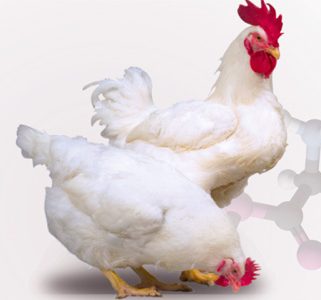
Coccidiosis and Necrotic Enteritis
Coccidiosis is the most important parasitic disease in commercial poultry production systems and is considered a major predisposing factor for the development of NE. Considering that mucus provides a suitable substrate for the proliferation of Clostridium perfringens.

Two main components are responsible for maintaining the integrity of the intestinal mucosa:
>> The first one is the mucous layer, which acts as a barrier between luminal contents and the enterocytes that line the intestine.
>> The second component of the intestinal barrier is the enterocyte layer: the intestinal epithelium is constantly renewed as proliferating cells in the mucosal crypts differentiate and migrate to the top of the villi, where they are eventually lost by peeling. This renewal rate increases considerably during an intestinal challenge.
Intestinal inflammation in broilers infected with coccidia results in necrosis of the villi, which is characterized by a reduction in villi proportion: crypt, dilation of the crypts and depletion of goblet cells. As well as presenting increased expression of inflammatory genes (iNOS, IL-1β, IL-8 and MyD88).
Amino Acids and Intestinal Health
Besides its barrier role, the main function of the gastrointestinal (GI) tract is the efficient digestion and absorption of nutrients. In order to support these functions, nutritionists must understand the gut’s immune system and its relationship with the microbiota as an organ with specific nutritional needs.
Enteric challenges can alter the immune response and certain nutrients, such as amino acids, can become limiting factors when it comes to producing key proteins for an adequate immune function. [register]
Increasing dietary levels of highly digestible amino acids can help to compensate malabsorption during periods of intestinal challenges.
It has been observed that when the absorption capacity of the intestine is impaired, supplemental amino acids with greater digestibility are beneficial to partially restore the growth performance of animals.
![]()
According to Wu (2009), dietary amino acids promote intestinal repair by inducing enzymes that are necessary for the mitotic process. As well as altering the expression of genes involved in anti-inflammatory and repair processes.
Consequently, the manipulation of dietary amino acids appears to be an important nutritional strategy when targeting the GI tract’s ability and sensitivity to cope with pathogens. This review aims to analyze the role of Threonine, Arginine and Glycine within the gastrointestinal tract.
Threonine
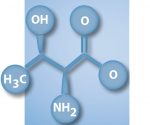
Poultry species do not synthesize threonine de novo, making it an essential amino acid for broilers. Threonine is considered the third most limiting amino acid after methionine and lysine in soybean meal and corn based diets, (Corzo et al., 2007).
Threonine participates in protein synthesis; its catabolism generates important products for metabolism, such as glycine, acetyl-CoA and pyruvate. Compared to other amino acids, broilers have high maintenance requirements for threonine due to their rapid renewal rate and elevated intestinal secretions (Fernandez et al. , 1994).
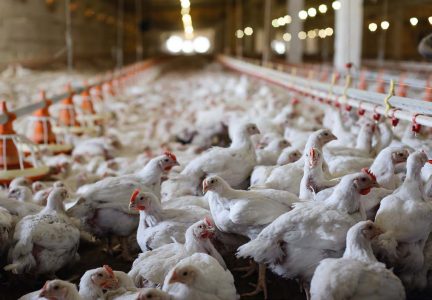
Threonine is the main component of intestinal mucin in animals and accounts for approximately 30% of their total amino acid content (Faure et al., 2002). Due to its importance in maintaining barrier function, mucin is not digested through normal mechanisms within the GI tract. Consequently, threonine secreted as mucin is eventually lost in excreta or fermented by cecal microorganisms. Which makes it almost unrecoverable for the animal.
Threonine is also an important component of immunoglobulins, particularly IgA, which accounts for more than 2/3 of the body’s immunoglobulins. IgA is essential for maintaining intestinal homeostasis by preventing the adhesion and entry of bacteria into intra epithelial cells as well as through bacterial removal from the basolateral space into the lumen.
Arginine

Arginine is a precursor to the synthesis of creatine, polyamines and nitric oxide (NO) and stimulates the secretion of insulin-like growth factors (IGF).
NO has several biological functions, but acts primarily as a cytotoxic mediator of immuno-activated cells and regulator of the immune system. Arg depletion can be observed in coccidia-infected chickens, due to high expression of inducible NO synthase (iNOS) in an attempt to limit Eimeria replication in the intestinal epithelium (Tan et al., 2014a).
Polyamines are important for gut development in newborns, which may explain the positive effects of arginine supplementation on the performance and morphology of week old chicken’s small intestine.
Polyamines can stimulate the proliferation, migration and apoptosis of intestinal cells (Ruemmele et al., 1999).
Whether arginine directly affects the replication of goblet cells or enterocytes is not yet fully understood; however, mucosal density increased linearly with increasing concentrations of arginine in the diet (Tan et al., 2014a).
Glutamine
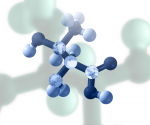
Supplemental glutamine has been studied in animal diets due to its effects on both intestinal structure and function. This amino acid serves as an important source of energy for enterocytes, particularly during periods of increased proliferation. As such, glutamine can reduce intestinal atrophy and support mucosal repair after an aggression.
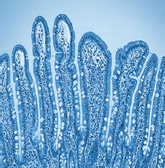
Glutamine is also a component of glutathione, a key molecule in defense against free radicals. Evidence suggests that the gut competes with other organs for glutamine, as the intestinal mucosa has a high ability to utilize glutamine from both arterial blood and dietary supply (Coster et al., 2004).
Glutamine can be considered an essential amino acid under inflammatory conditions, diseases or surgeries. Santos et al. (2014) reported that glutamine plus no synthase inhibitor increased bacterial translocation in all investigated organs (mesenteric lymph nodes, liver, spleen, and lungs). While glutamine alone reduced translocation at the same level as the control group. In addition, the serum levels for IL-10 and IgA in the intestinal mucosa were increased.
These findings indicate that glutamine plays a role within the intestinal barrier, and may also affect the gut’s microbial community through its effect on NO synthesis.
Chickens vaccinated against coccidiosis, supplemented with 0.5, 0.75 and 1% glutamine, had a higher body weight at 21 and 28 days (Mussini et al., 2012), as well as: better feed conversion rates, deeper crypts in the jejunum and longer villi in the ileum when supplemented with 1% glutamine (Luquetti et al., 2016).
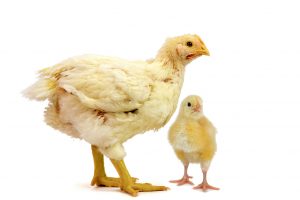
Concluding Remarks
Although the interactions between commensal bacteria and the host immune system are not fully understood, the intestinal immune system is responsible for initiating and extending responses to commensal microorganisms and pathogens. Therefore, understanding these interactions, under normal and pathological scenarios, will enable adequate diet formulation with highly digestible nutrients. With a special focus on amino acids, that meet added nutritional requirements during maintenance and growth under pathogen challenges.
Immunomodulation and beneficial microbiota selection through dietary interventions will also help the bird cope with pathogen challenges.
Source: Bortoluzzi et al., Poultry Science Volume 97, Issue 3, 1 March 2018, Pages 937-945
[/register]
Subscribe now to the technical magazine of animal nutrition
AUTHORS
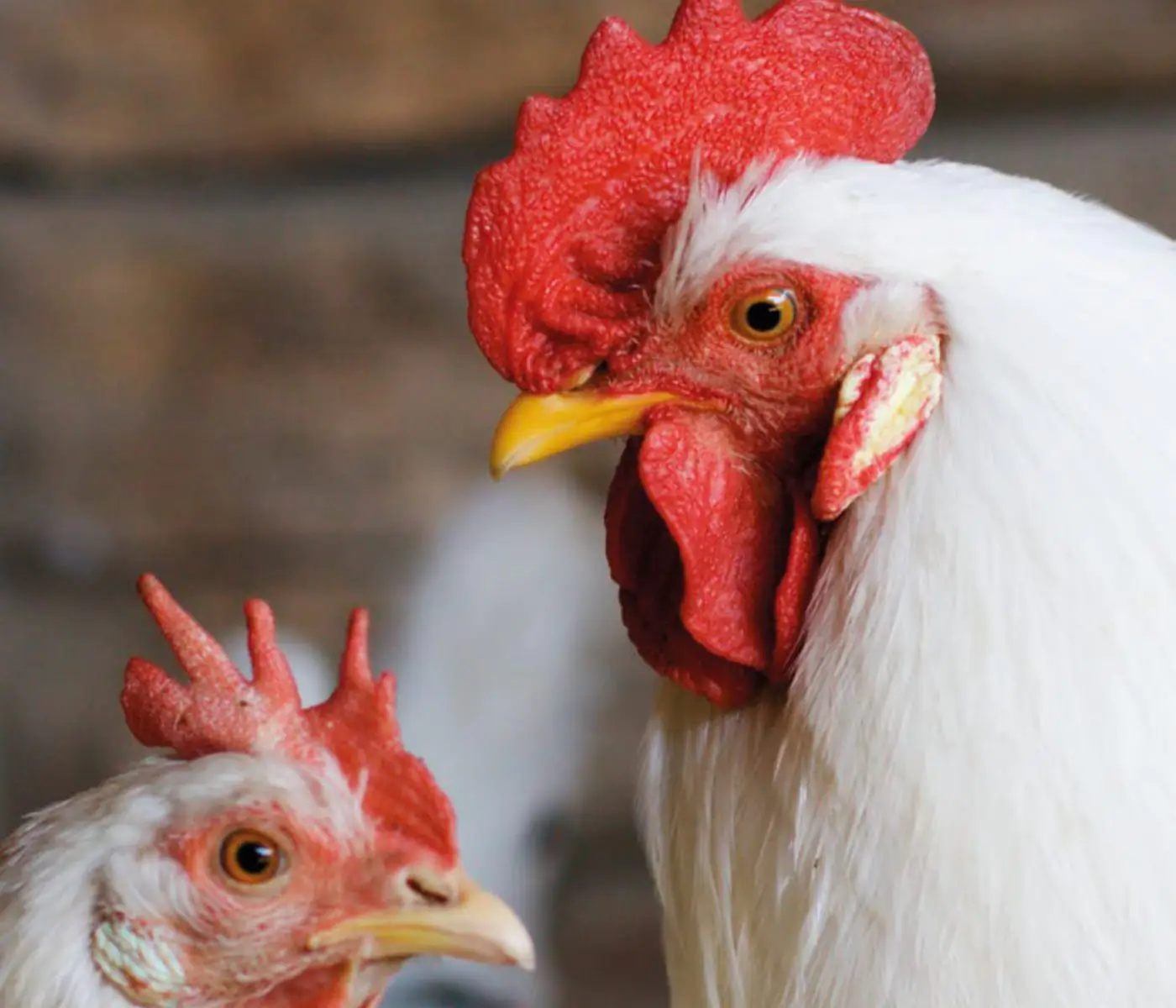
Nutritional Interventions to Improve Fertility in Male Broiler Breeders
Edgar Oviedo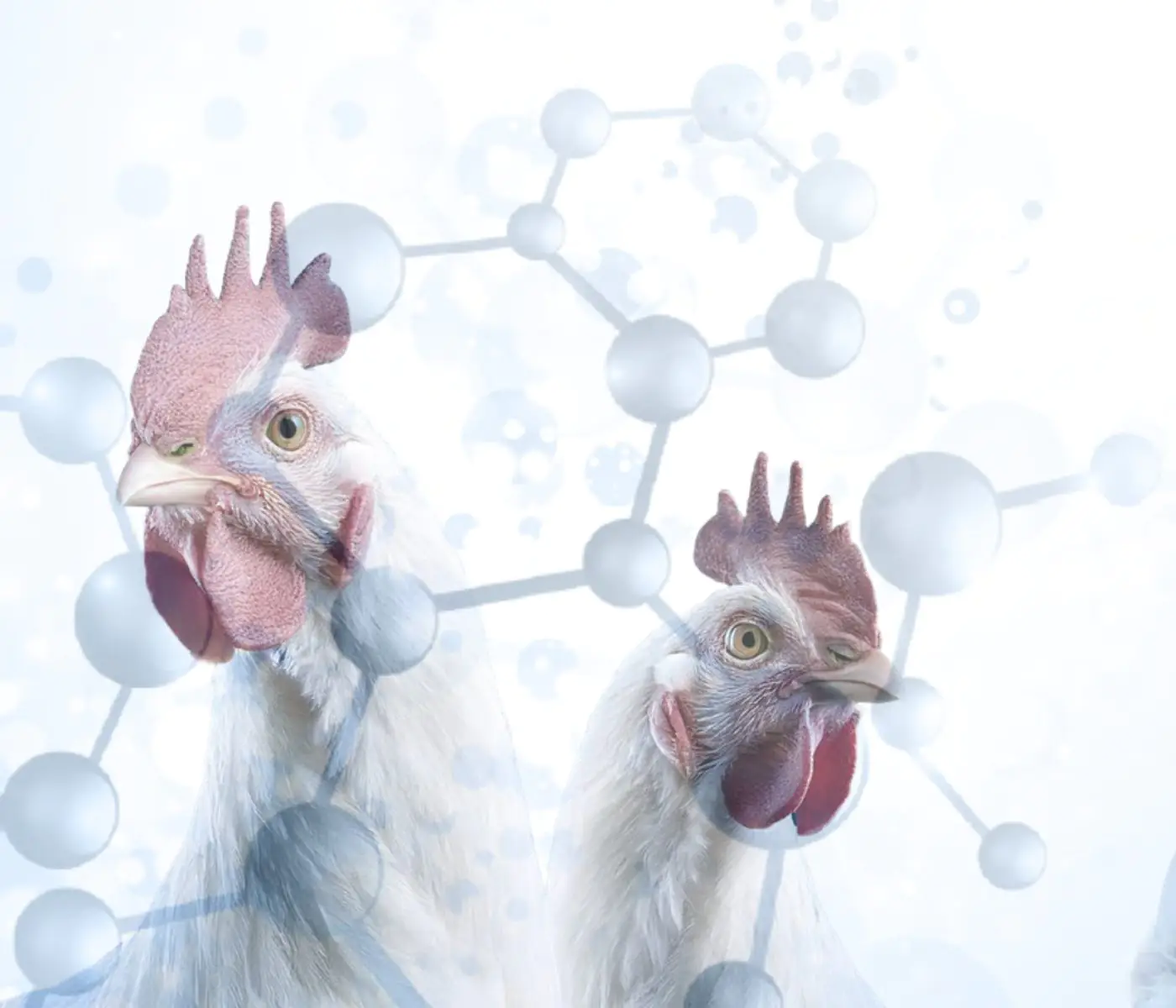
The Use of Organic Acids in Poultry: A Natural Path to Health and Productivity
M. Naeem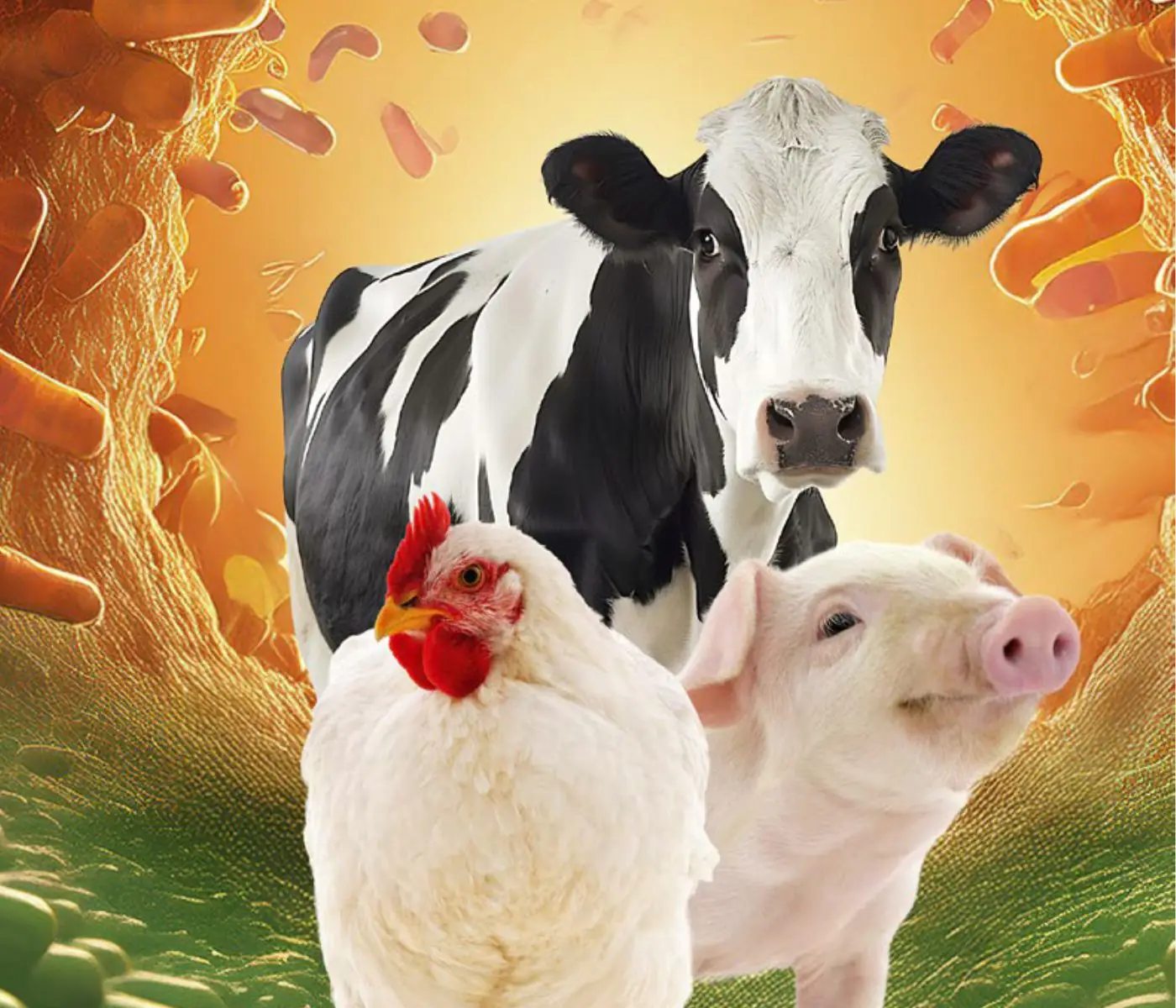
Synergistic Benefits of Prebiotics and Probiotics in Poultry, Swine, and Cattle
Gustavo Adolfo Quintana-Ospina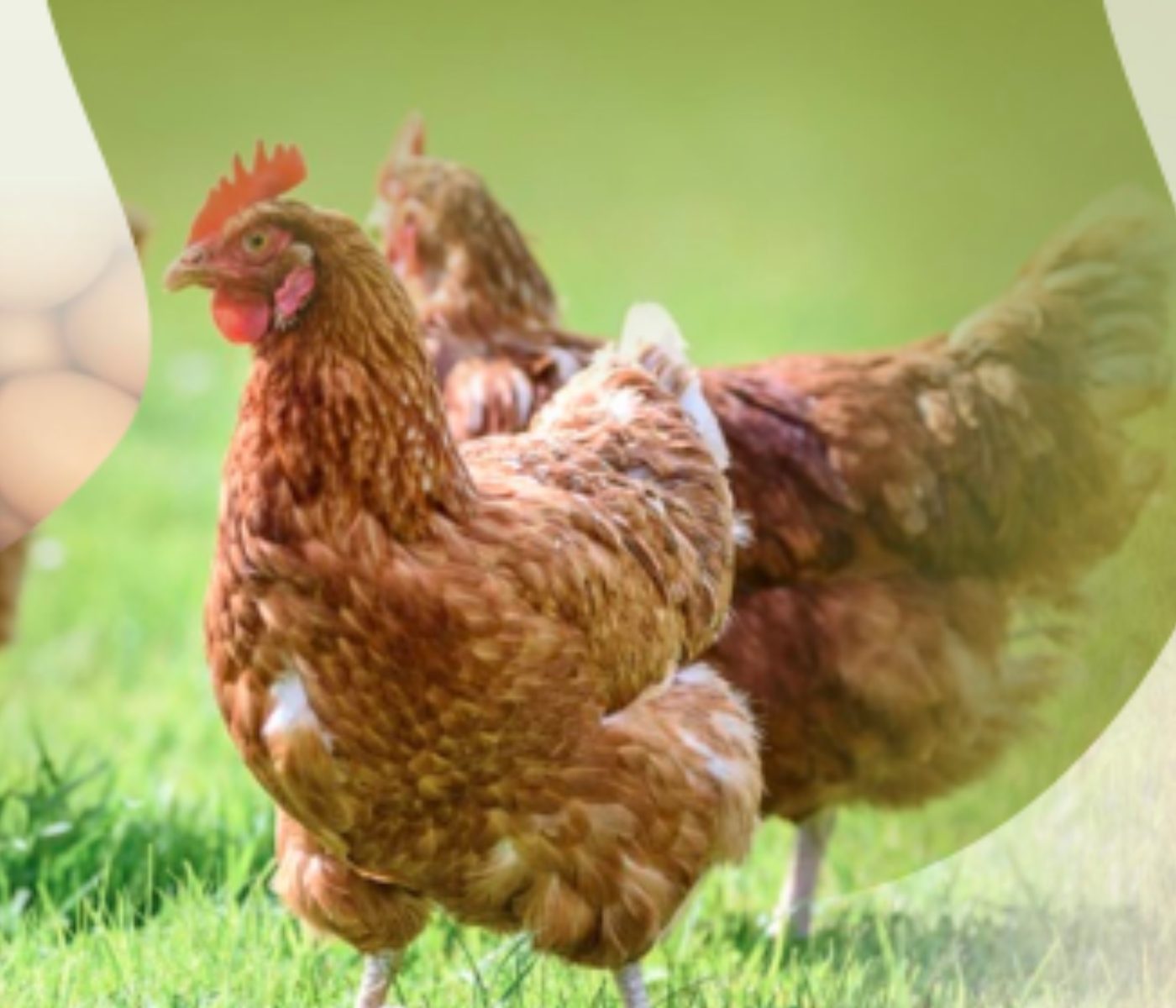
Hybrid Rye Potential in Laying Hen Feed Rations
Gwendolyn Jones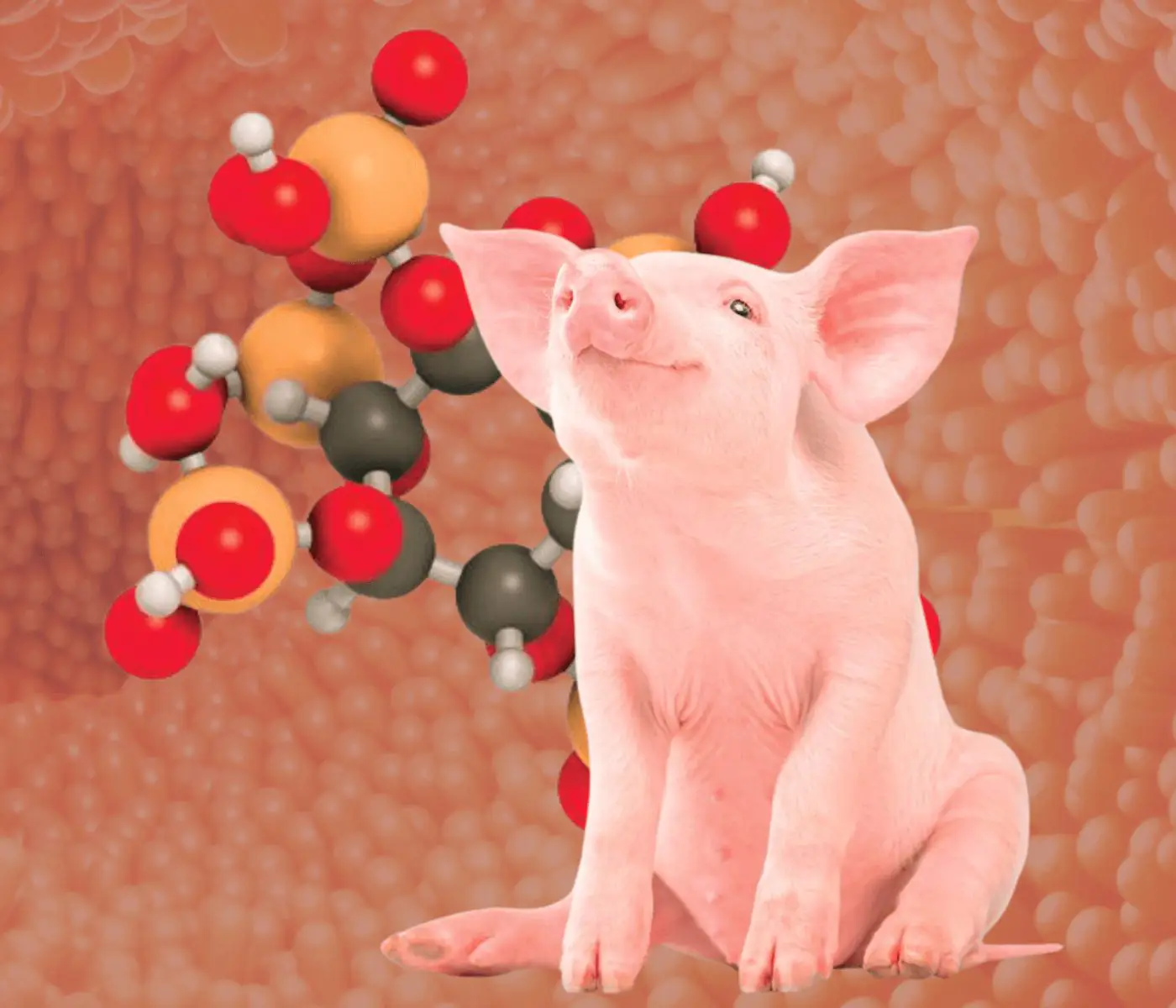
A day in the life of phosphorus in pigs: Part I
Rafael Duran Giménez-Rico
Use of enzymes in diets for ruminants
Braulio de la Calle Campos
Minerals and Hoof Health in the Pregnant Sow
Juan Gabriel Espino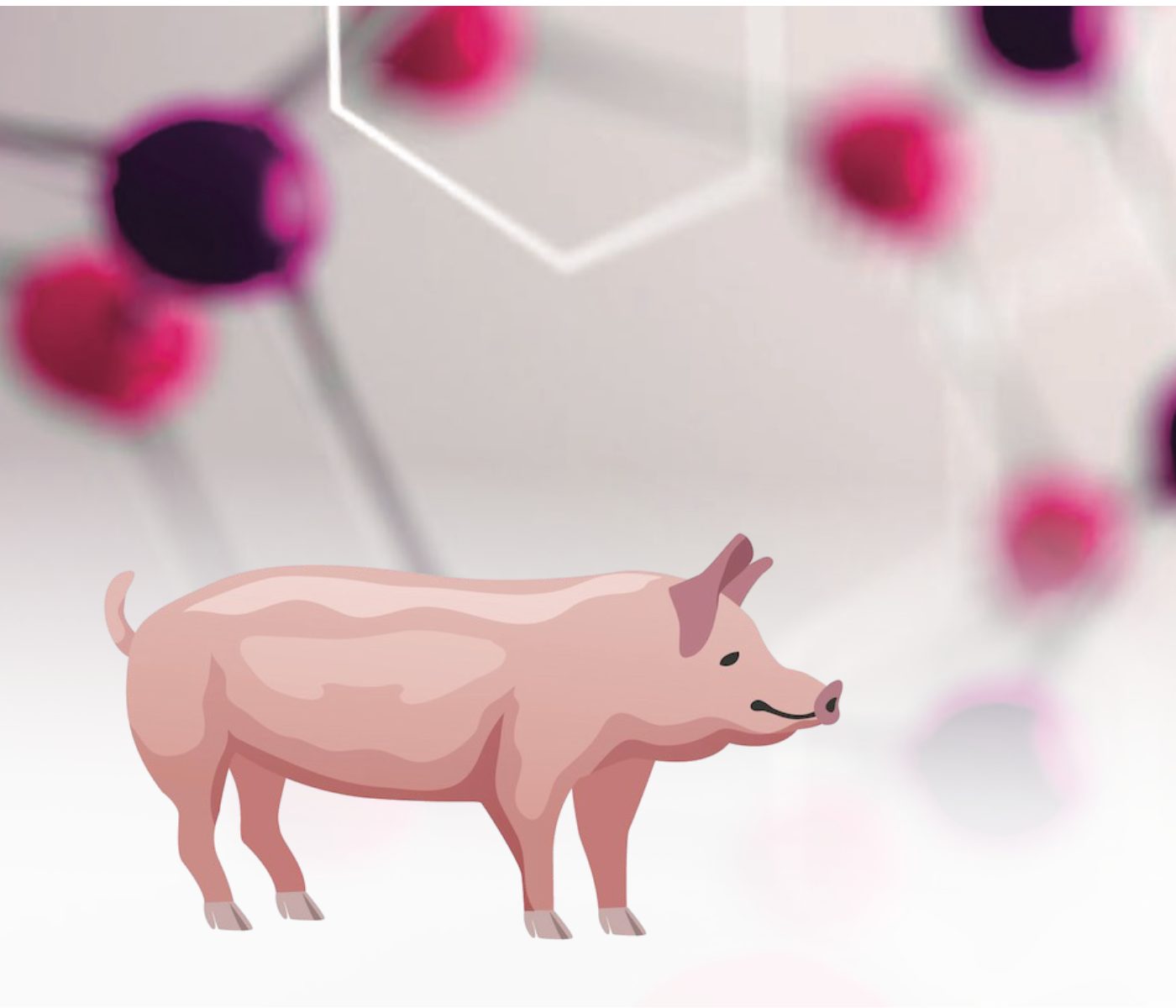
Impact of Oxidized Fats on Swine Reproduction and Offspring
Maria Alejandra Perez Alvarado